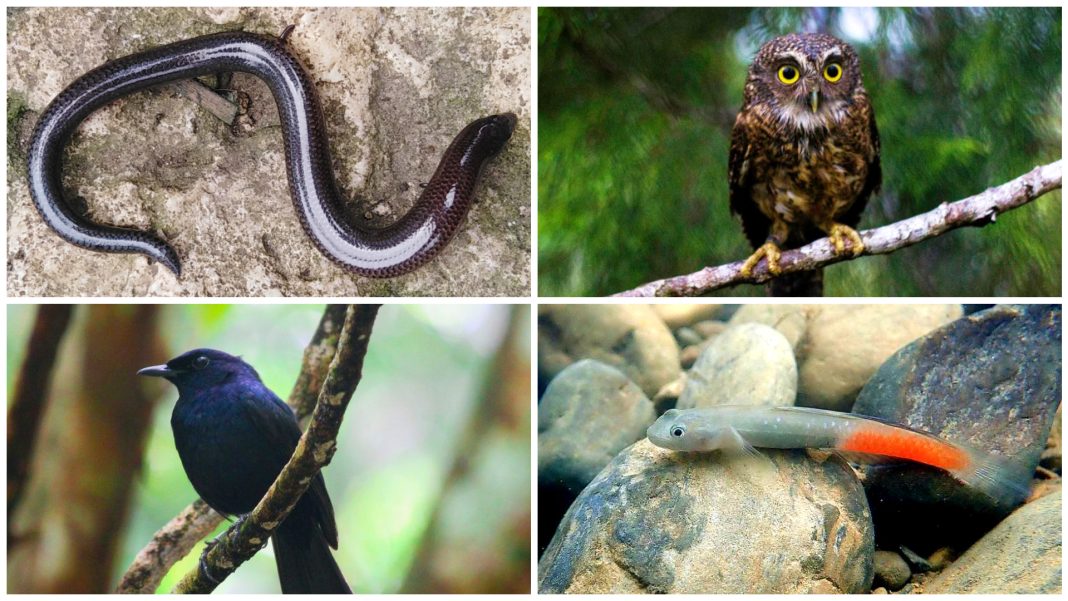Cebu– an Island teeming with natural resources and wildlife. Where animals and plants seek refuge in the embrace of nature.
Did you know that the 3rd of March marks World Wildlife Day? It is a day dedicated to raise awareness about the different wildlife species all around the globe.
In honor of World Wildlife Day, let’s find out more about Wildlife species that can only be found in Cebu.
Wildlife Species You Can Only Find in Cebu
1. Tabunan Risiocnemis
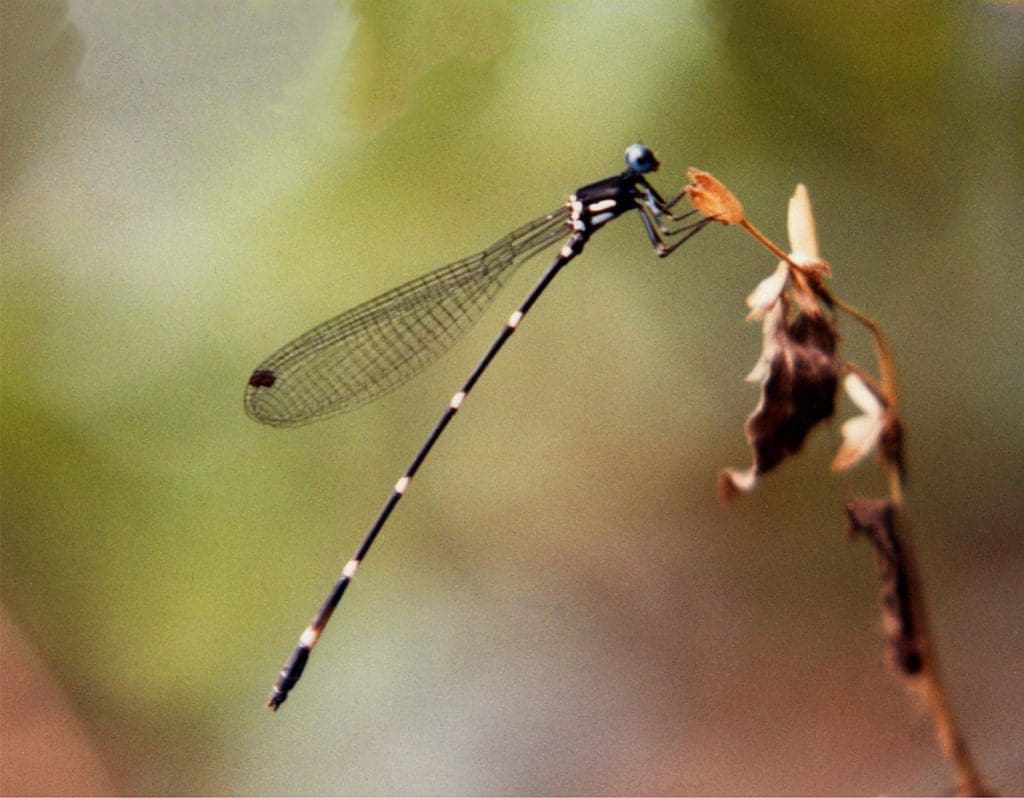
First up, we have the Tabunan Risiocnemis. It is part of the damselfly species. The damselfly was discovered by Dr. Franz Seidenshwarz of the University of San Carlos Botany Research Group, in 1998. The Tabunan Risiocnemis is known for its black body and blue eyes.
2. Black Shama

Second, the beautiful and melodious Black Shama. It is a black bird with all-black feathers with a hint of a bluish color. What’s interesting about this bird is that they tend to mimick or copy other species. The Black Shama are known as Siloys in Cebu. Siloys are rarely seen and can be found in Alcoy and Argao..
However, sightings of Siloys have been recorded in the City.
3. Uling Goby
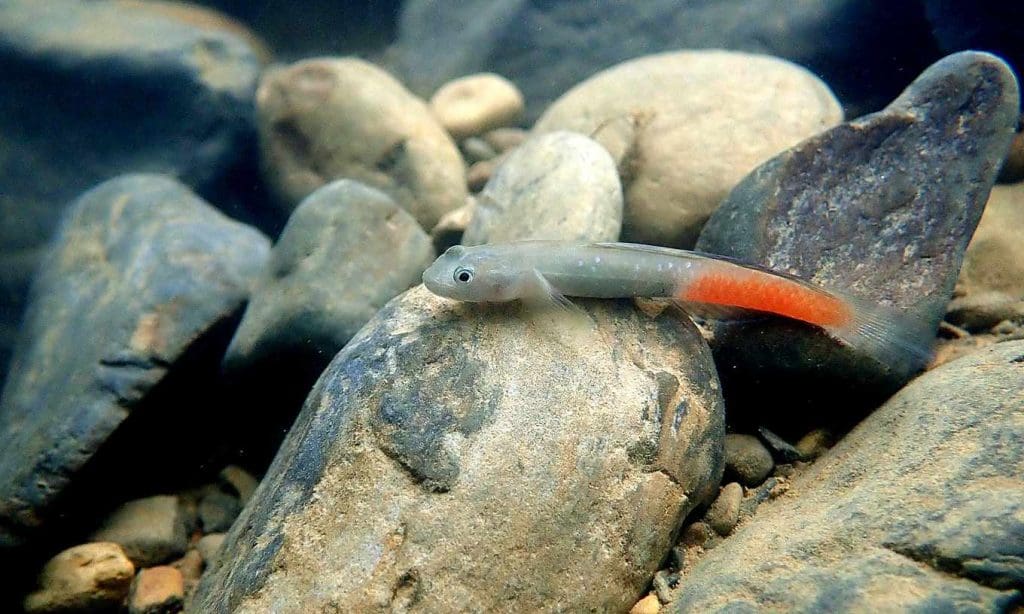
Meet the Uling Goby. This cute little guy might be one of the smallest fish in the world. It’s scientific name is the Sicyopus Cebuensis. It originated from the Uling Brook by the Naga River Basin. These fishes are known to live in Salty waters.
The Uling Goby are facing extinction which is why it is important to conserve the species.
4. Cebu Hawk
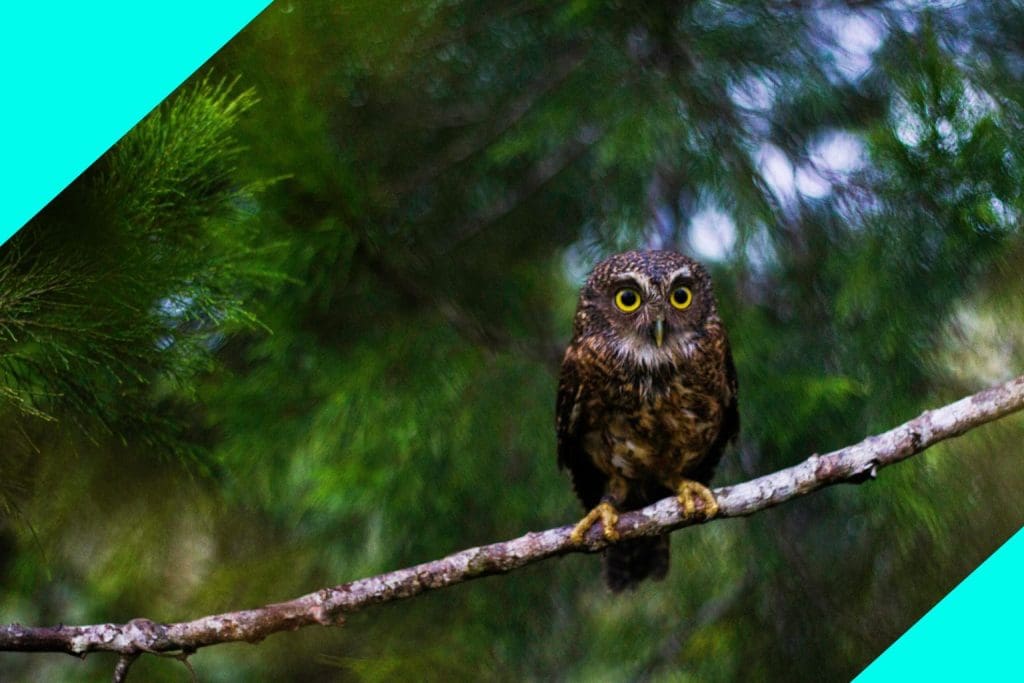
Back from the dead, or at least that’s what ecologists think. The Cebu Hawk or Ninox Rumseyi were first thought to be extinct because of deforestation. However they were rediscovered in the forests of the Southern parts of Cebu.
5. Cebu Small Worm Skink
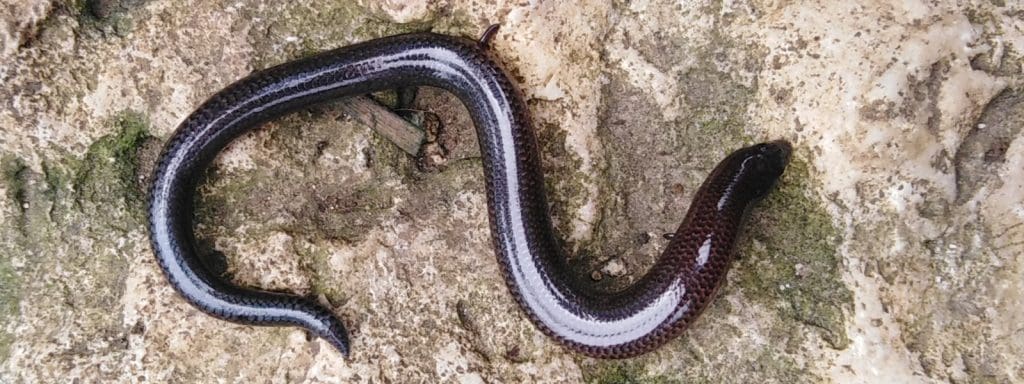
The Cebu Small Worm Skinks is definitely unique. These creatures are one of the two species that have an unequal number of toes and fingers. They only have three fingers and two toes. It’s quite an adorable sight with their small fingers sticking out.
They are found in the Municipalities of Mantalungon, Barili, Tapal, and Buhisan.
6. Kawasan Paper Kite Butterfly
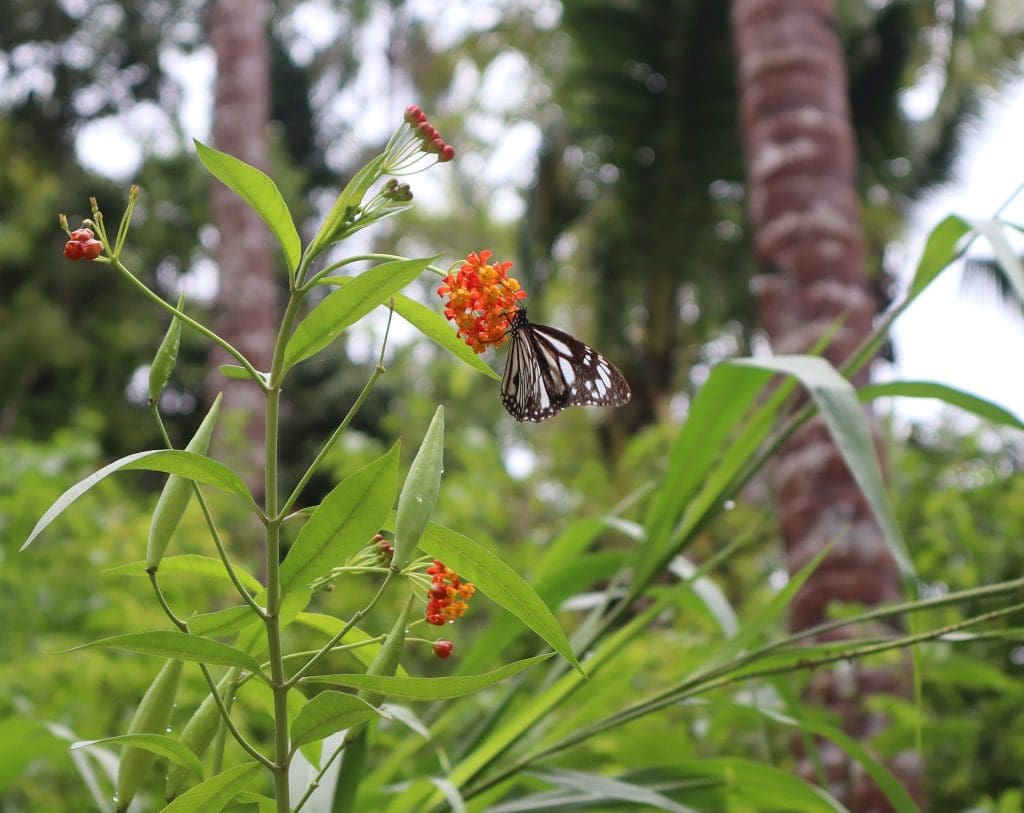
Butterflies as delicate and graceful as Paper Kites– the Paper Kite Butterflies. They have distinctive wings with black spots and an intense yellow color. The butterflies are named after a Cebu-based Lepidopterist named Julian Jumalon, hence their scientific name “Idea Leuconoe Jumaloni”.
These delicate creatures can be found only in Badian (Tapon River), Dalaguete (Forest Patches), and Alcoy (Nugas Forests).
7. Cebu Flowerpecker
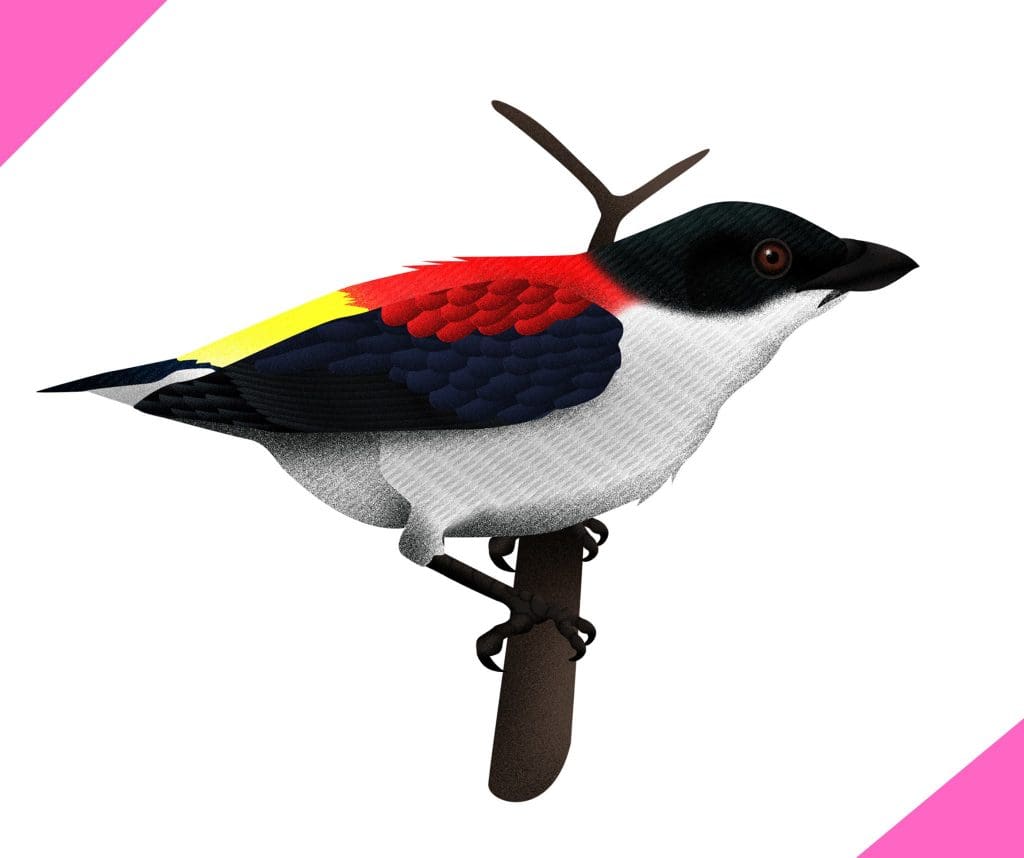
Next up is the Cebu Flowerpecker. These cute and fuzzy little birds were thought to be extinct. However, they were found in Mount Lantoy of Argao. These birds have a short bill, black head, black and bluish wings and tail, a yellow-green rumo, dirty-white underparts, and a scarlet mantle and back.
You can tell which one is male and which one is female. Males are more colorful than females. They were also discovered in Alcoy and Dalaguete.
8. Pore Coral
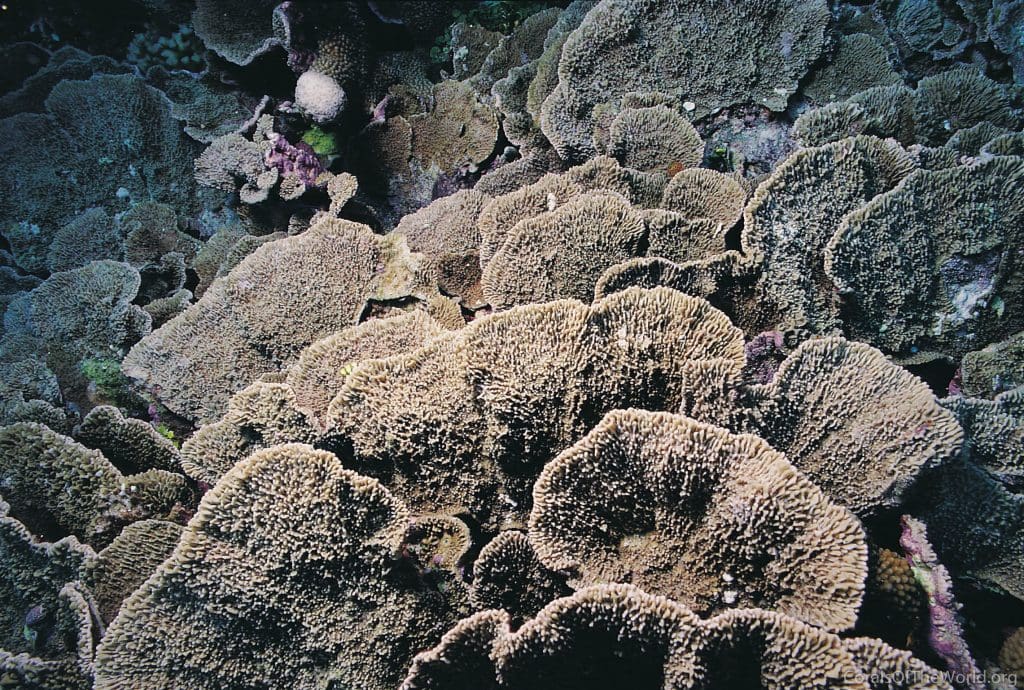
Last but definitely not least, the Pore Coral. The Pore Coral or Montipora Cebuensis is a coral that is located in shallow reefs. These amazing corals can also be found in lagoons. This beautiful coral sports a brown color and light blue borders.
The Pore Coral species are on the endangered species list because of habitat destruction due to human activities.
Preserving Wildlife is not only limited to World Wildlife Day. With the rapid decline of Wildlife species, not just in Cebu, but in the world, there is a must for us to stand and protect them at all cost.
SugboPH once again calls for everyone to be responsible “laagans” and be mindful of the human activities done. What we do to nature affects everything and everyone including the animals and nature as a whole.

